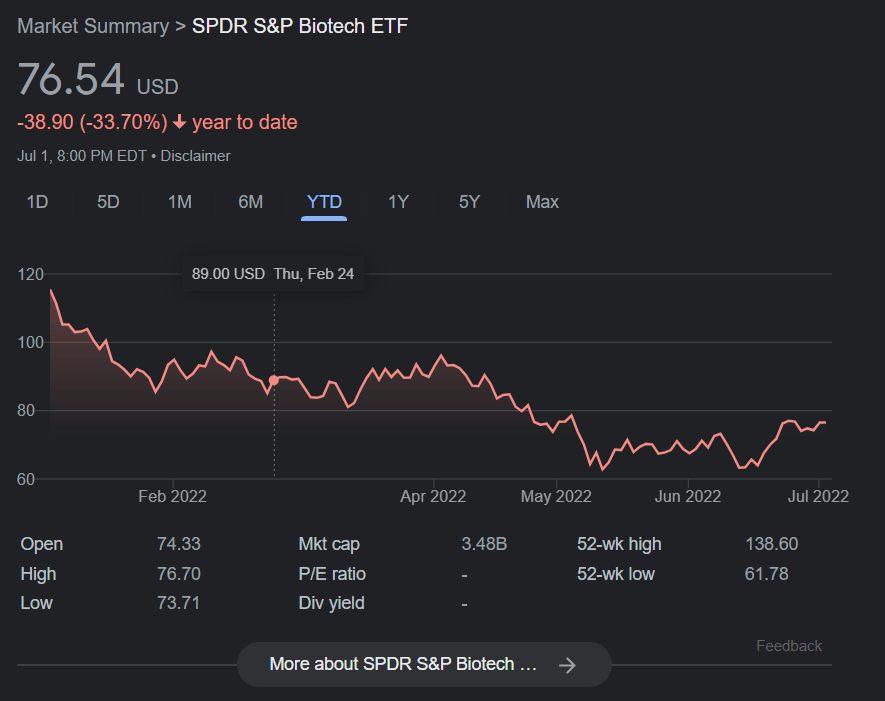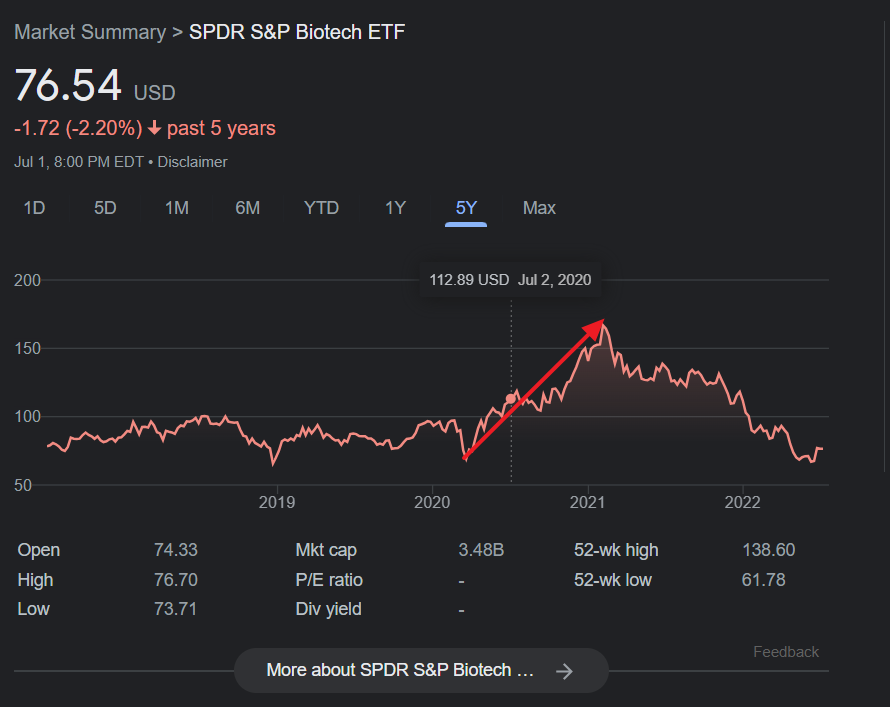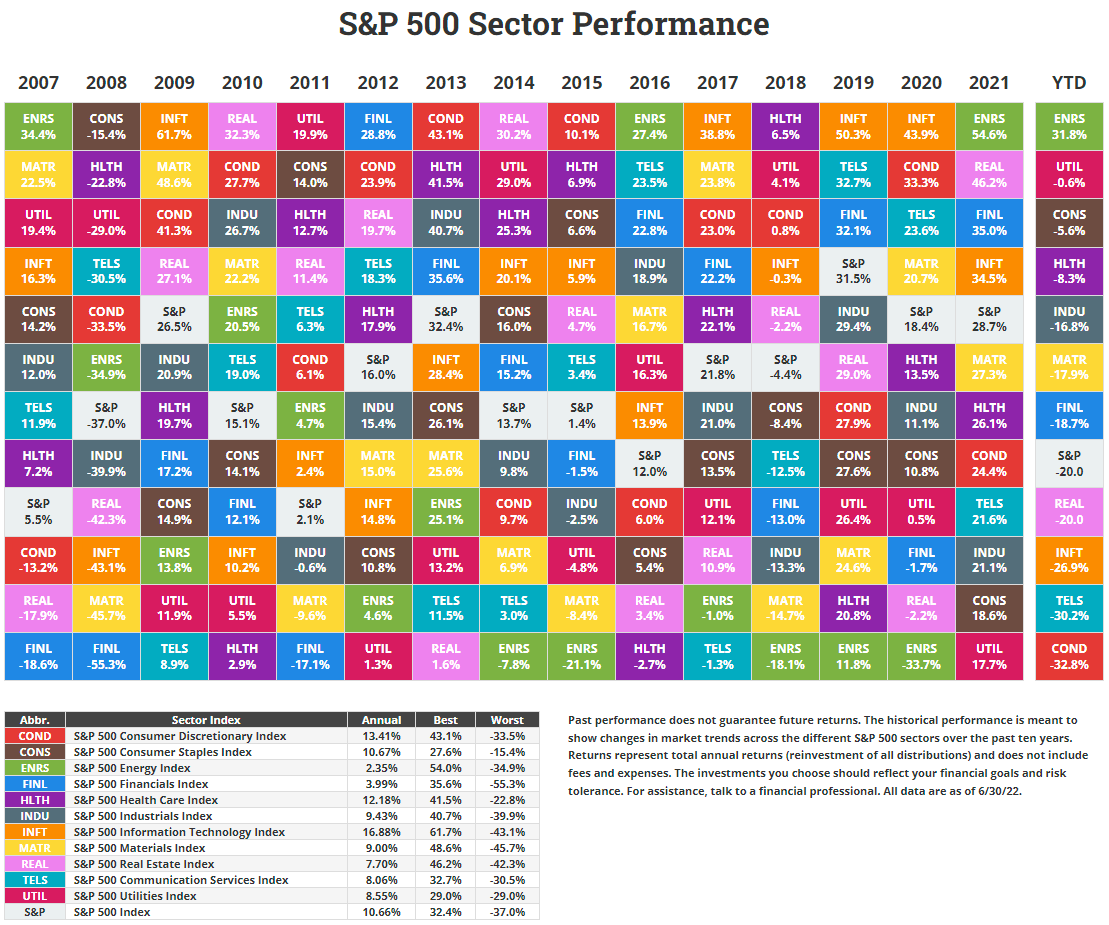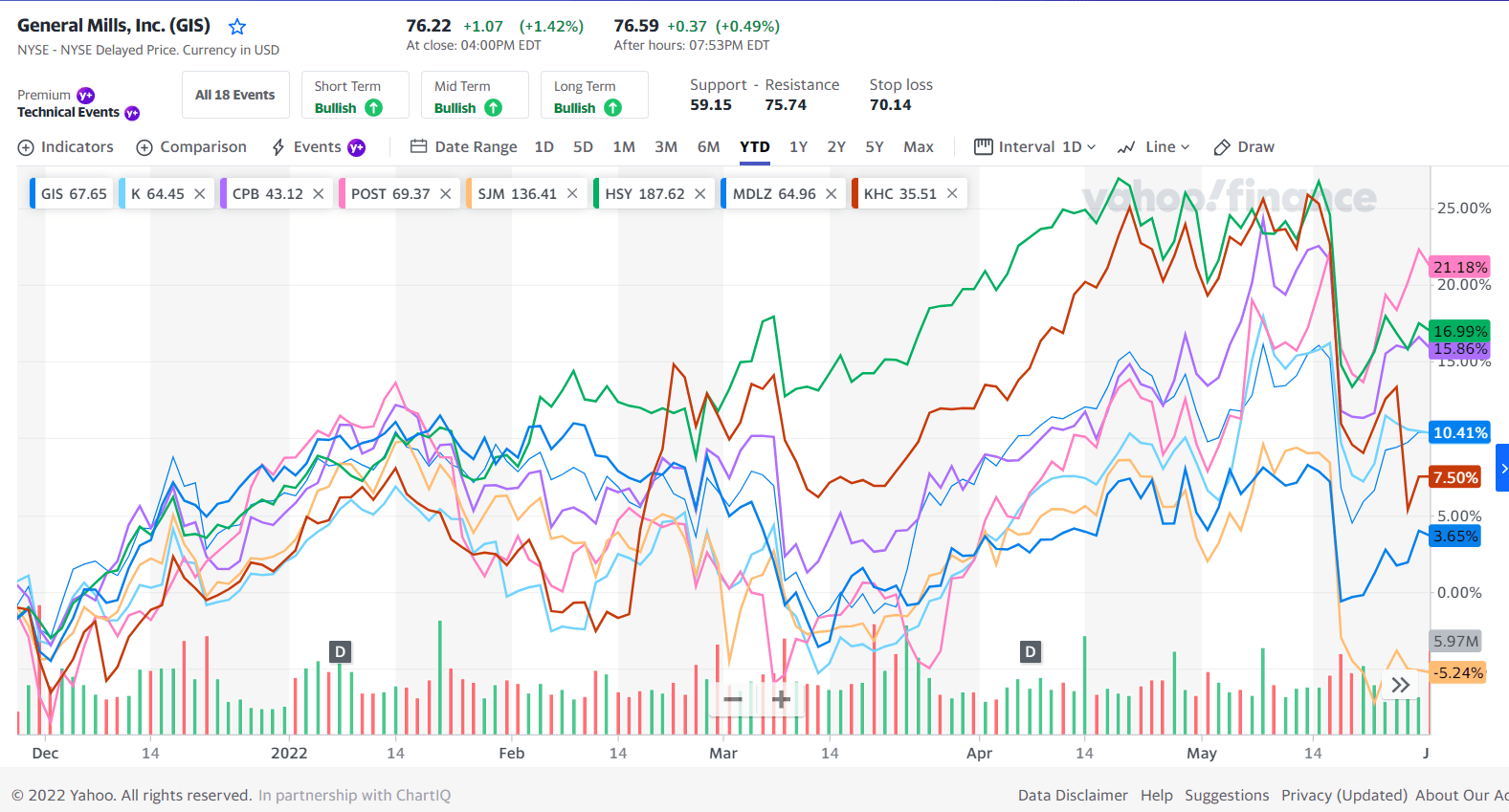Biotech stocks have not performed well for many months now. The sector soared in 2020 and peaked in early 2021. Despite high hopes for the industry due to vaccine development and impacts of Covid-19, stocks in the industry plunged or languished with no end in sight.
The current bear market adds more pain to biotech stocks. One of the big two biotech ETFs is the SPDR S&P Biotech ETF (XBI). This ETF can be considered as the proxy for the industry. It has declined by about 34% year-to-date. This is much worse then the overall market as represented by the S&P 500.
SPDR S&P Biotech ETF – Year-to-Date Return:
Click to enlarge

Source: Google Finance
The five year chart shows the bull market that started in 2020 and reached a peak in early 2021:

Source: Google Finance
A recent article in the journal noted that big pharma firms would not bailout the battered sector. From the piece:
The stock market might be in the doldrums, but the biotechnology index has fallen off a cliff. One measure says it all: Dozens of publicly traded biotechs have dropped so much that they are now valued below the amount of cash they have in the bank.
Some healthcare investors have been pointing to that trend as a sign things have started to bottom. The argument goes that biotech has become so cheap that big pharma—staring down a patent cliff and armed with hundreds of billions of dollars of dry powder for acquisitions—will come to the rescue. Indeed, a popular biotech exchange-traded fund, the SPDR S&P Biotech ETF, has rebounded by around 20% from its recent lows.
That analysis paints with too broad a brush. Many of the companies now trading below cash are likely to go out of business in a macroeconomic environment in which their key input cost—money—is rising. To an even greater degree than high-growth tech companies such as Shopify or Roblox, biotech struggles in a rising interest-rate environment because many companies don’t have any real revenue streams and don’t expect to have a product in the market for years. Sadly for both investors and patients, clinical trials move slowly.
That problem has been exacerbated by a biotech bubble in recent years as too many early-stage companies went public. In 2021, the peak bubble year, 111 biotechs had initial public offerings in the U.S., topping the previous peak of 91 in 2020. Some of those companies are still conducting preclinical trials, meaning they haven’t even begun testing their therapies on humans.
Source: Big Pharma Won’t Bail Out Battered Biotech, WSJ
From an investment perspective, it is important to remember that biotech stocks are not for the faint hearted. A single clinical trial failure can crush a stock almost overnight. Though a few will be winners and can earn astonishing returns, finding that stock from hundreds is impossible to say the least. Instead of individual stocks simply going with an ETF won’t work either as the above charts show.
Disclosure: No positions




